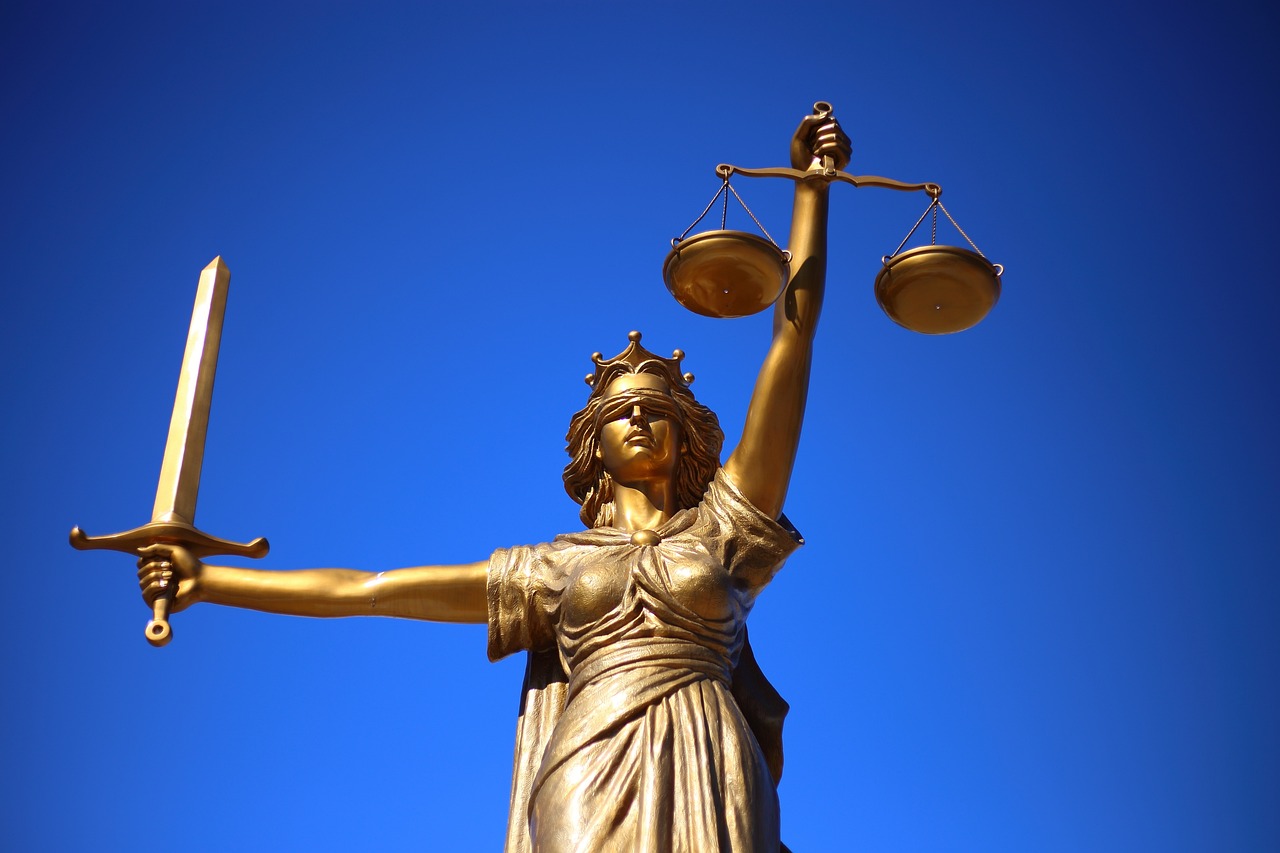Artemis, the Olympian goddess, represented hunting, the wilderness, and wild creatures in ancient Greek mythology. She is also celebrated as a protector of childbirth and girls until marriage age, paralleling her twin brother Apollo, who serves as the guardian of boys. While both deities could bring sudden death and disease—Artemis targeting women and girls, and Apollo focusing on men and boys—Artemis is often depicted in art as a youthful maiden wielding a bow and carrying a quiver of arrows.
Myths of Artemis
Artemis was born to Zeus and Leto, with a story steeped in adversity due to Hera’s jealousy. Leto sought refuge on the floating island of Delos, where Artemis was born. Interestingly, she fulfilled the role of midwife during the birth of Apollo. In another tale, a handmaiden named Callisto caught Zeus’s eye, leading to her transformation into a bear by Artemis after discovering her pregnancy. Grief led Artemis to create the constellation Orion from her companion, Orion, whom Apollo tricked her into killing.
Furthermore, Artemis displayed her fierce protective nature by confronting giants, transforming into a doe to thwart their attack on Olympus, and punishing King Oineus with the release of the Calydonian Boar for neglecting her in sacrifices. During the lead-up to the Trojan War, Agamemnon angered Artemis, causing her to still the seas until he sacrificed Iphigenia. Ultimately, she intervened and saved the girl by replacing her with a deer.
Symbols and Attributes
The hallmark of Artemis’s imagery includes her bow and arrows, while her attire typically consists of a knee-length dress or full-length robe complemented by a cloak. She is sometimes shown wearing a crown or tiara and holding various items, including a torch or a lyre. The attributes depicted in ancient art range widely, signifying her divine presence and power.
Sacred Animals and Plants
The deer is primarily identified as Artemis’s sacred animal; she often appears driving a chariot pulled by these creatures. Her hunting prowess is symbolized through the golden-horned Ceryneian Hind, a notable figure of her folklore. Other animals linked to her include bears and various birds such as partridges and quails. She is connected with sacred plants, notably the cypress and palm trees.
Family Connections
Artemis, daughter of Zeus and Leto, shares a familial bond with Apollo, being his twin sister. Her lineage extends to notable figures among the Titans. Despite being a virgin goddess, she is often portrayed childlike rather than as a mature woman, which differentiates her from characters like Athena.
Names and Characteristics
The Greeks recognized various aspects of Artemis, conceptualizing her as a female counterpart to Apollo. She is linked to themes of purity, protection, and nature’s wilderness. Many myths illustrate her duality as both a hunter and a guardian of life. She bears titles revealing her nurturing side, such as “nurturer of the young.”
Artistic Representations
Classic literature only gives limited visual description. However, art from the era characterizes her as a slender huntress with physical traits that denote youth and vitality, often depicted with distinctive hunting gear alongside animals. Subsequent artwork retains her dual aspects, presenting both her as a huntress and moon goddess.
Hymns and Literature
Various hymns from ancient Greece celebrate Artemis, depicting her role in mythology and nature. These texts articulate her hunting feats, divine lineage, and connection to nurturing life through childbirth. Noted hymns highlight her as a fierce protector who demands reverence.
In sum, Artemis embodies the spirit of independence, wilderness, and protection of life. Her associations with hunting, the natural world, and pre-marital guardianship reveal a complex character admired throughout various myths and artistic depictions.



